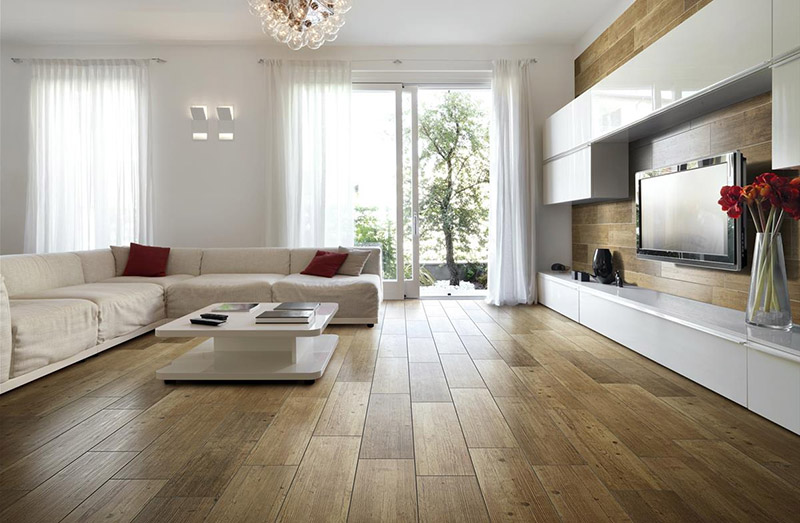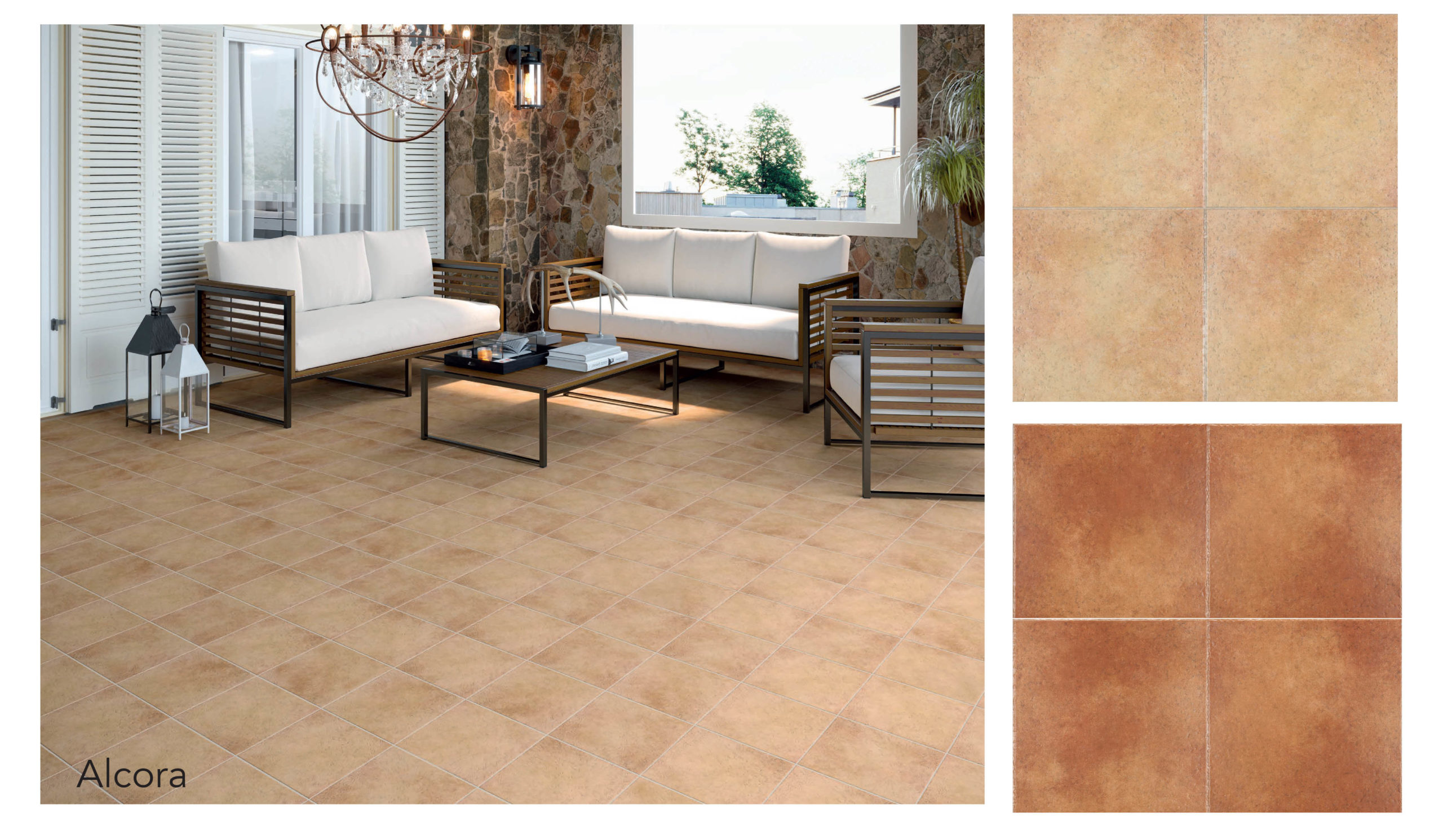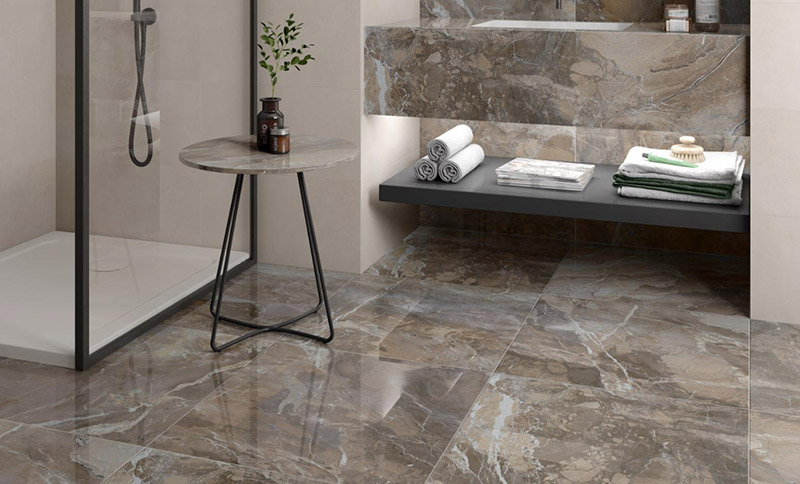Introduction to West African Decor
As someone with a deep appreciation for different cultures, I have always been captivated by the vibrant and diverse world of West African decor. This decor style is not just about aesthetics; it tells stories, showcases craftsmanship, and reflects a rich cultural heritage. In this article, I will take you on a journey through the essence of West African decor, providing practical tips on how to incorporate these elements into your own living space.
The Rich Heritage of West African Decor
West Africa is a melting pot of traditions, colors, and artistic expressions. From the stunning textiles of Ghana to the intricate carvings of Nigeria, every piece has a story to tell. These decor elements often have spiritual significance, community importance, or reflect the everyday life of the people.
Key Elements of West African Decor
1. Textiles
Textiles play a crucial role in West African decor, often featuring bold patterns and vibrant colors. Examples include:
- Kente Cloth: Originating from Ghana, this textile is known for its multicolored patterns and is often used in clothing and decor.
- Batik: A wax-resist dyeing technique that creates beautiful, intricate designs, commonly found across West Africa.
2. Wood Carvings
Wood carvings are not just decorative; they often hold cultural significance. Masks, figures, and everyday objects are crafted from local woods and showcase intricate designs that reflect the artisan’s skill.
3. Pottery
Functional and artistic, pottery in West Africa is often adorned with unique designs and used in daily life, contributing to the decorative aspect of homes.
How to Incorporate West African Decor into Your Home
Bringing West African decor into your home is an exciting way to celebrate culture and craft. Here are some practical tips to help you get started:

1. Start with Textiles
Use Kente cloth or Batik prints for throw pillows, wall hangings, or table runners. These pieces can add a pop of color and texture to any room.
2. Create a Gallery Wall
Display wood carvings or textile art together to create a stunning focal point. Arrange them in varying sizes for visual interest.

3. Use Functional Art
Incorporate pottery as both decorative and functional pieces. Use them to hold plants or as unique storage solutions.
A Comparison of Popular Decor Styles: West African vs. Other Styles
| Feature | West African Decor | Asian Decor | Scandinavian Decor |
|---|---|---|---|
| Color Palette | Vibrant and bold | Soft and muted | Neutral and light |
| Materials | Wood, textiles, pottery | Bamboo, silk, ceramics | Wood, metal, textiles |
| Patterns | Geometric, tribal | Floral, nature-inspired | Minimalist, functional |
| Overall Vibe | Cultural, expressive | Serene, tranquil | Simple, cozy |

Pros and Cons of West African Decor
Pros
- Rich cultural significance.
- Unique and diverse styles.
- Supports artisan communities.
- Can easily blend with modern decor.
Cons
- Some pieces may be costly due to artisanal craftsmanship.
- Finding authentic pieces may be challenging.

Personal Experiences with West African Decor
My journey with West African decor started during a trip to Ghana, where I discovered the vibrant colors and intricate designs that captivated my senses. I remember walking through a local market, feeling the textures of various textiles and admiring the craftsmanship of wooden sculptures. Upon returning home, I felt inspired to transform my living space and share the beauty of West African culture with others.
By incorporating these decor elements into my home, I have not only created a warm and inviting atmosphere but also sparked conversations about the rich heritage behind each piece. It’s more than just decoration; it’s about storytelling and connection.

Frequently Asked Questions about West African Decor
What materials are commonly used in West African decor?
Common materials include wood, textiles (like Kente cloth and Batik), pottery, and metals. Each material showcases unique craftsmanship and cultural significance.
How can I ensure that I’m buying authentic West African decor?
To ensure authenticity, buy from reputable sources or local artisans. Look for certifications or origin labels when purchasing online or at markets.

Can West African decor fit into modern home styles?
Absolutely! West African decor can beautifully complement modern styles, adding warmth and character. Mixing traditional pieces with contemporary designs can create a unique aesthetic.
What are some DIY ideas to incorporate West African decor?
You can create your own decor by using fabric to make pillow covers, painting wooden objects with traditional patterns, or even crafting simple pottery. These projects are fun and allow you to infuse your own style into the decor.
Conclusion: Celebrate Cultural Diversity through Your Decor
Incorporating West African decor into your home is not just about aesthetics; it’s a celebration of cultural diversity and craftsmanship. By choosing to embrace and share these stories through your living space, you create a welcoming environment that honors the beauty of different cultures. So, whether you choose vibrant textiles, exquisite wood carvings, or functional pottery, each piece will resonate with the rich heritage of West Africa.